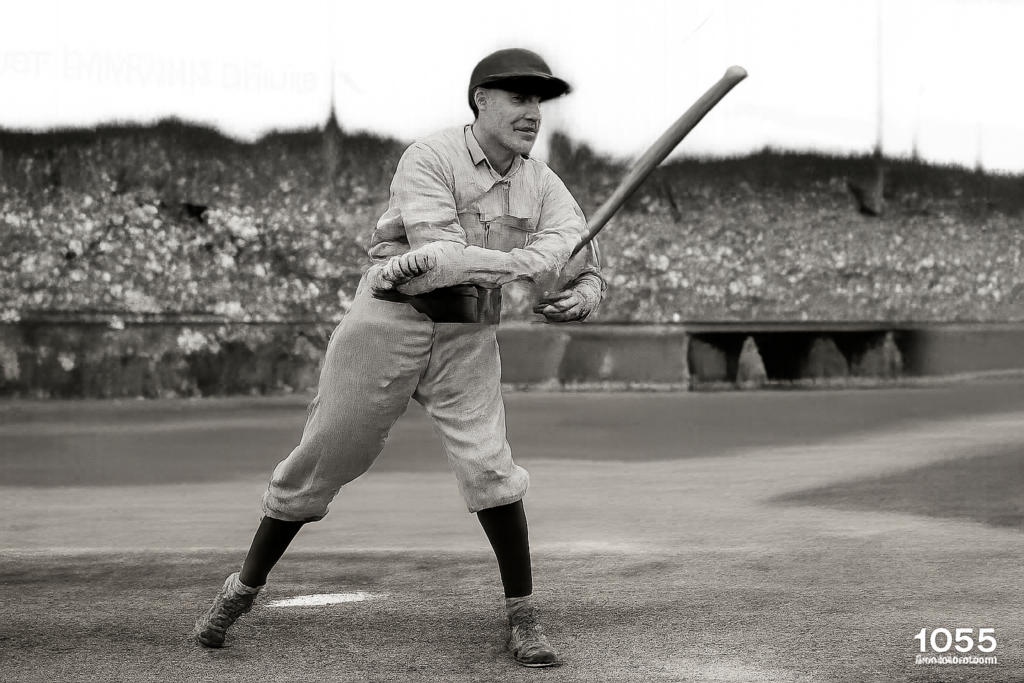in 1929
In 1929, the world experienced a turning point that still shapes discussions today. When people mention 1929, it’s usually linked to one thing: the stock market crash in the United States. But this year was about more than just Wall Street. Global events, shifting culture, and new inventions also made a lasting mark. If you’re curious about why in 1929 matters so much, here’s a breakdown of what actually happened, the pros and cons of choices made that year, and what insights we can draw.
The Stock Market Crash and Its Impact
The year in 1929 is synonymous with the crash that led to the Great Depression. On October 29, known as Black Tuesday, share prices tumbled and erased a huge portion of economic optimism almost overnight. While the actual causes were complex, overconfidence, poor financial regulations, and risky investments all played a role.
The Great Depression didn’t just affect America. Domino effects rippled across Europe and beyond, impacting banks, businesses, and ordinary families. Unemployment soared and economies shrank. If there's a lesson here, it’s that unchecked financial speculation carries consequences for everyone.
Pro: Some regulatory improvements followed, making future financial markets more resilient.
Con: Millions suffered hardship, and it took years for most economies to recover.
Social and Cultural Changes
It wasn’t all bad news in 1929. Despite the impending downturn, this period also saw creativity and new social norms. Jazz and cinema were thriving. People’s daily lives changed as radios became more common, connecting households to global events in real-time.
Women’s roles were also changing. Flappers were challenging traditional styles, and female voices gained visibility in literature, politics, and entertainment.
Tip: Looking back at in 1929 reminds us that innovation and resilience often emerge in tough times.
Major Events Besides the Crash
A few other important things happened in 1929:
- The first Academy Awards took place, establishing what would become a Hollywood tradition.
- Vatican City became an independent state through the Lateran Treaty.
- The Museum of Modern Art (MoMA) opened in New York, signaling a new phase in art appreciation.
These events illustrate that even in a year remembered for crisis, society kept moving forward in culture and politics.
Lessons and Takeaways
When reviewing what happened in 1929, the big takeaway is the link between economics, society, and human adaptability. Bubbles burst, but people adapt—through regulation, creativity, and community support. If you’re worried about today’s economy or society, in 1929 is a reminder that downturns are painful but not permanent.
Pros:
- Hard times accelerated economic reforms.
- Arts and culture thrived independently of markets.
Cons:
- Economic mismanagement hurt millions.
- Recovery was gradual, not overnight.
Final Observations
In 1929, both the disasters and the developments shaped decades to come. Understanding this year—beyond just financial woes—can help anyone interested in economic cycles or cultural history. If you’re researching what happened in 1929, focus on both the mistakes and the resilience it revealed. That’s the real legacy of this pivotal year.

 Charleson Youngoron
Is the visionary founder of Winder Sportisa, a company dedicated to excellence in the sports industry. With a passion for both sports and business, Charleson has combined his extensive knowledge and experience to create a dynamic organization that prioritizes community, integrity, and innovation. Under his leadership, Winder Sportisa has grown into a respected name, known for its commitment to creating an inclusive and supportive environment. Charleson's dedication to these core values has been instrumental in shaping the company's culture and guiding its success. His forward-thinking approach and unwavering commitment to quality continue to drive Winder Sportisa to new heights.
Charleson Youngoron
Is the visionary founder of Winder Sportisa, a company dedicated to excellence in the sports industry. With a passion for both sports and business, Charleson has combined his extensive knowledge and experience to create a dynamic organization that prioritizes community, integrity, and innovation. Under his leadership, Winder Sportisa has grown into a respected name, known for its commitment to creating an inclusive and supportive environment. Charleson's dedication to these core values has been instrumental in shaping the company's culture and guiding its success. His forward-thinking approach and unwavering commitment to quality continue to drive Winder Sportisa to new heights.